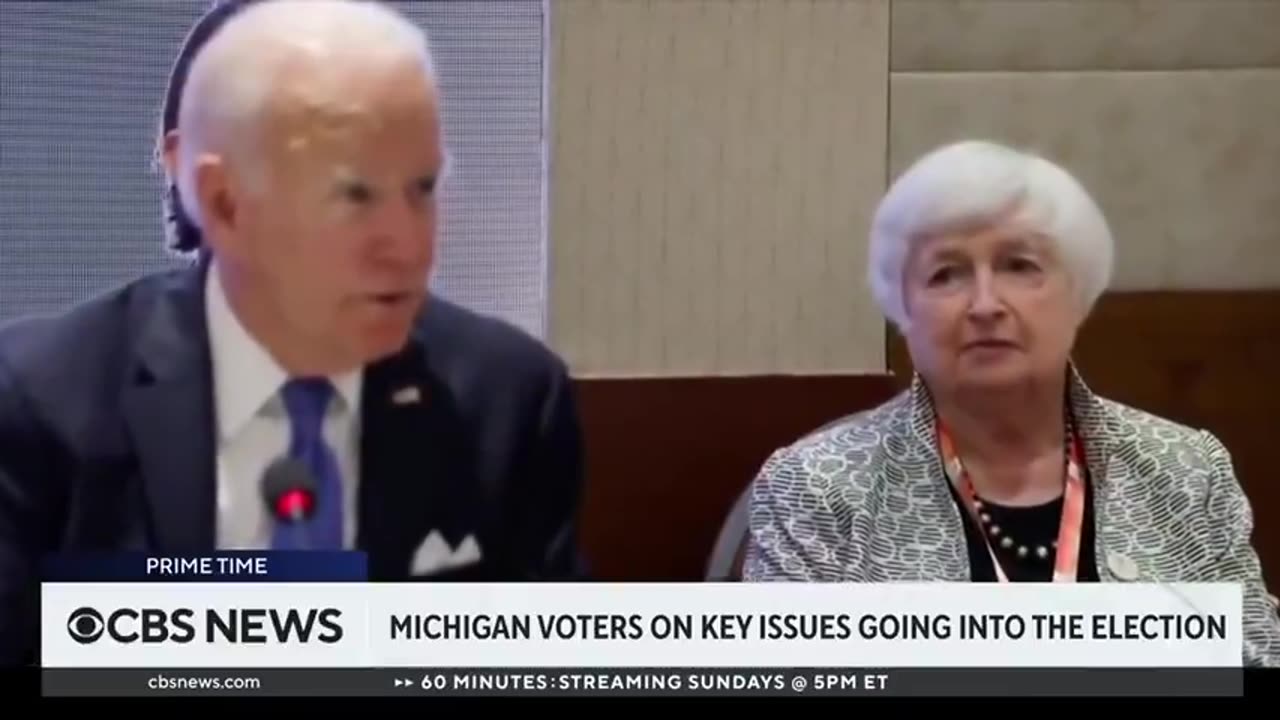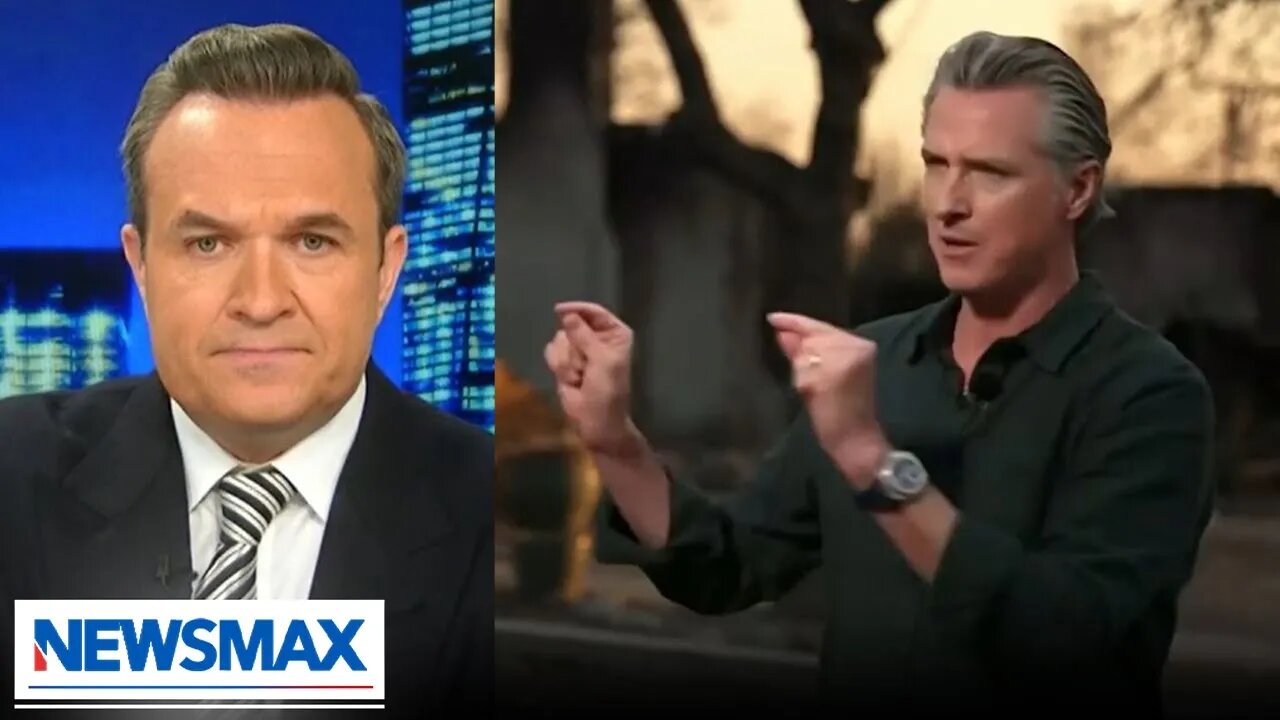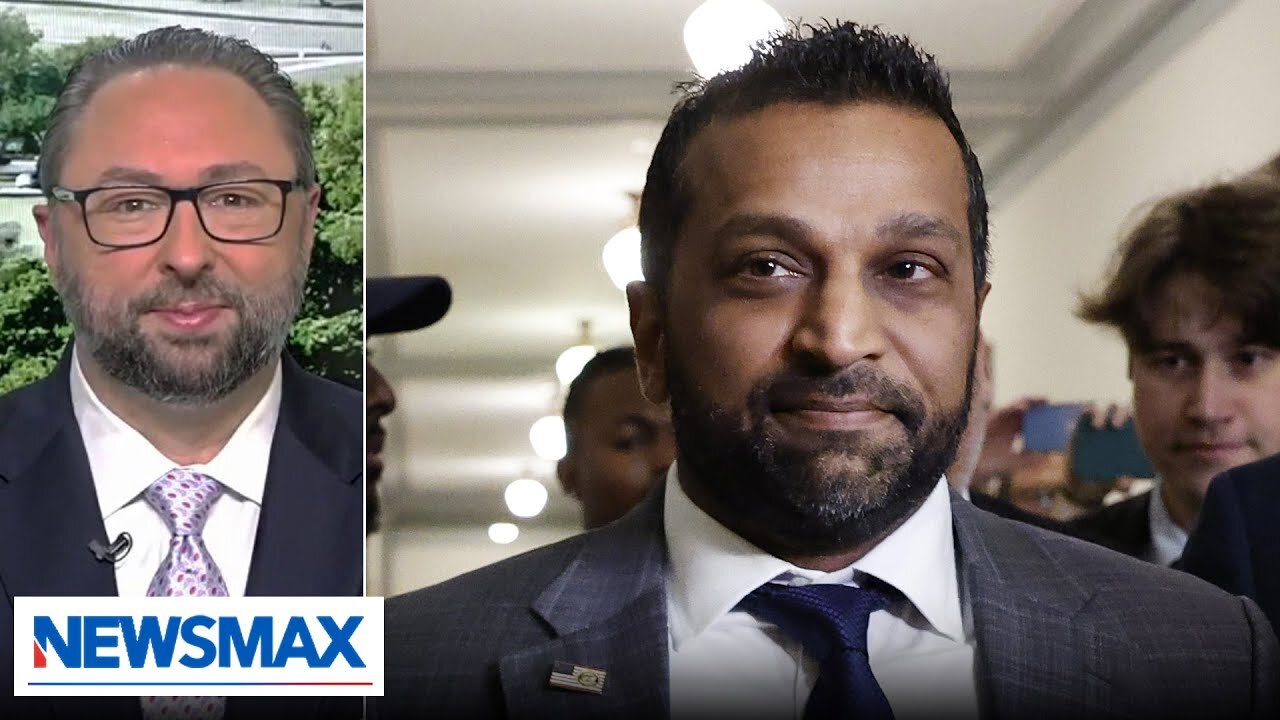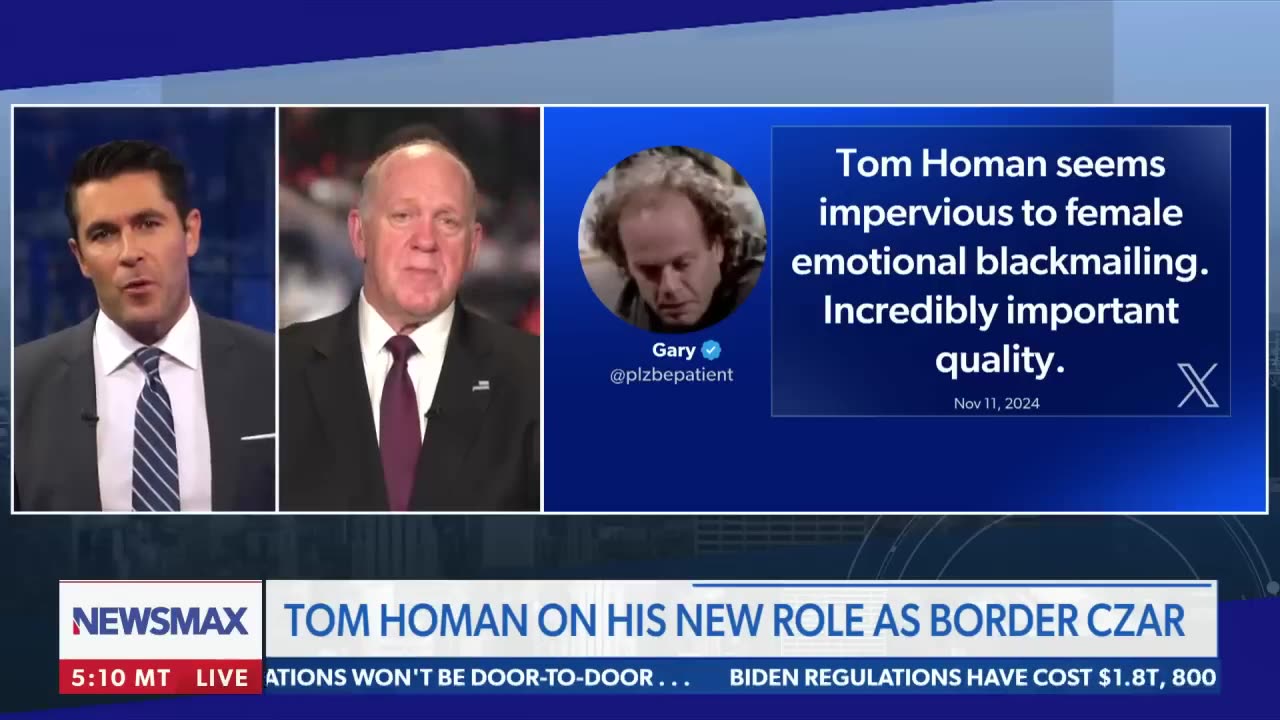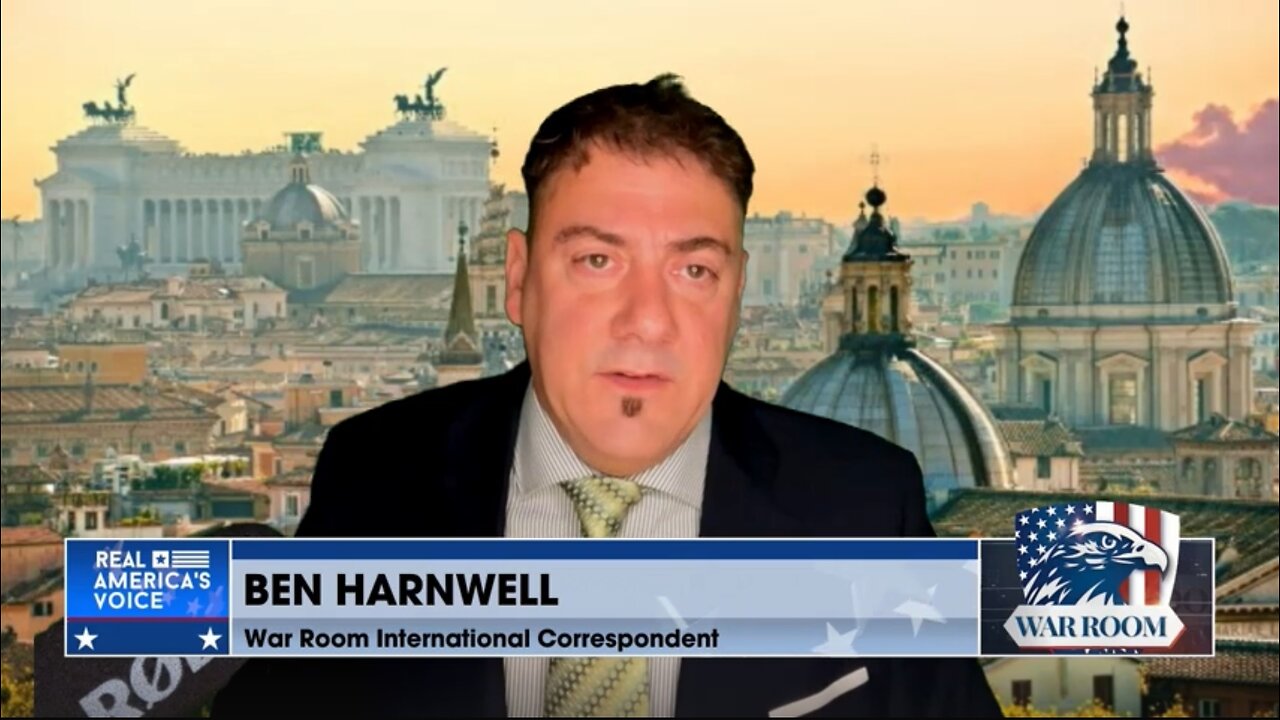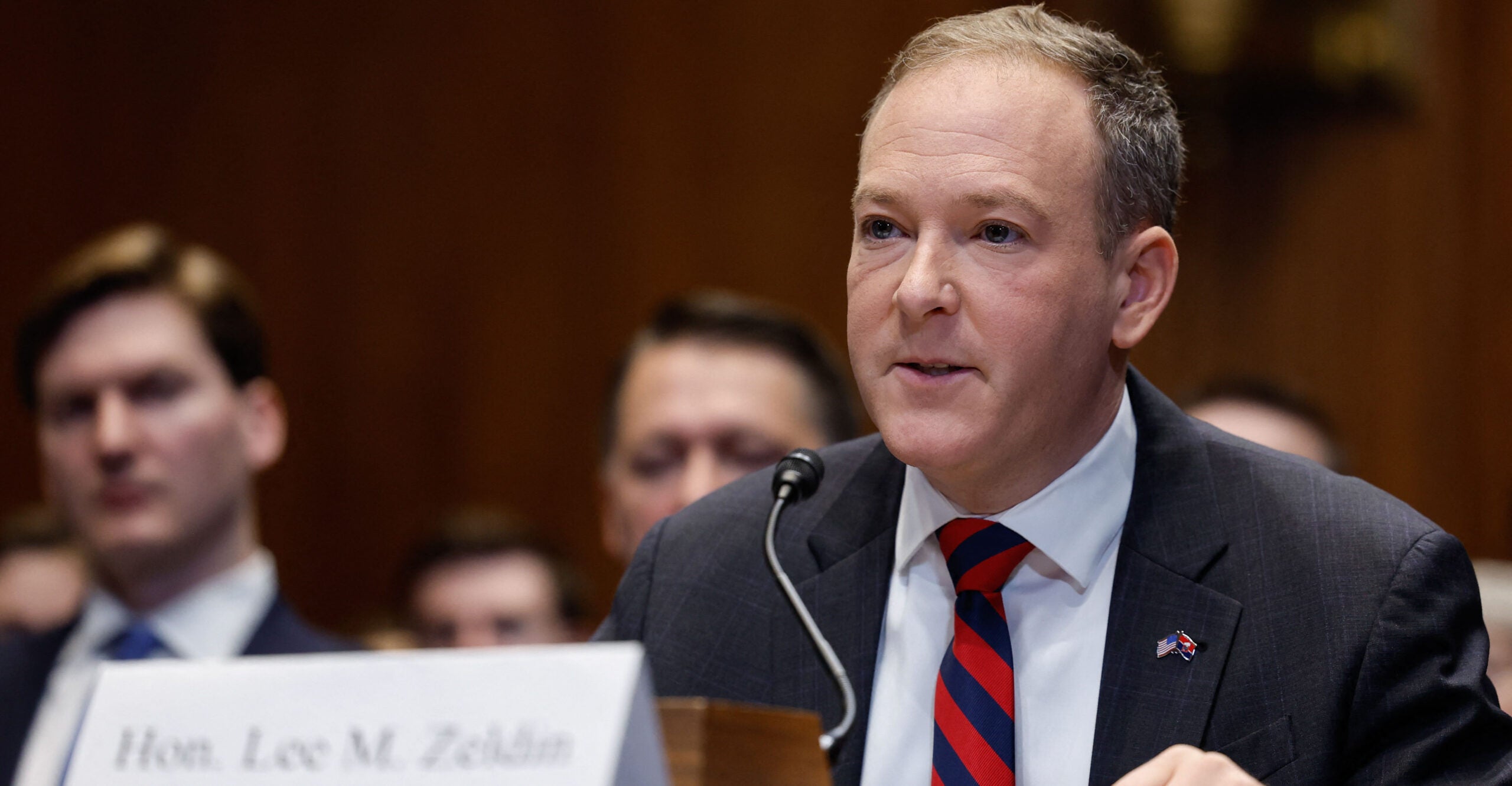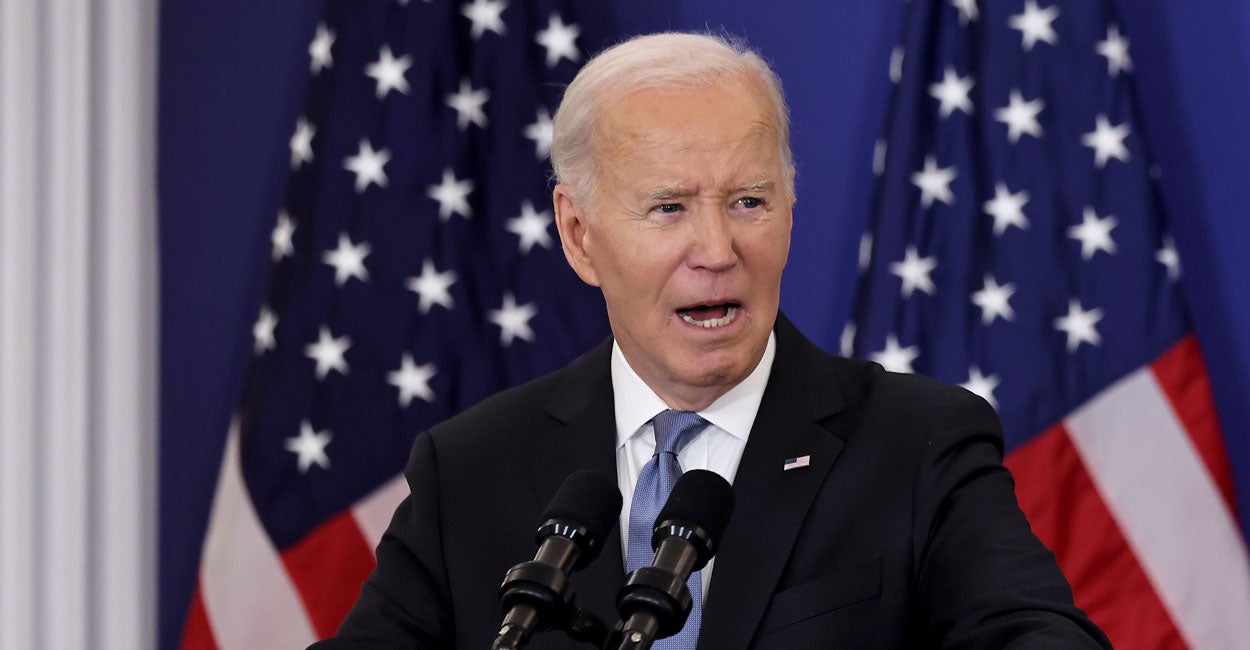America’s health care problem needs an ‘all-of-the-above’ approach
Help could come from better private competition, flexibility, transparency and more



The American healthcare system is not really one system. No, health care in the U.S. is comprised of several systems – Medicare, Medicaid, TRICARE, private insurance as well as myriad state and local healthcare programs. What’s more, patients have access to charity care programs and patient assistant programs. For instance, pharmaceutical manufacturers sponsor patient assistance programs (PAPs) that provide financial assistance or free product (through in-kind product donations) to low-income individuals to augment any existing prescription drug coverage.
So, when you hear a politician talking about quick fixes to lower the cost of medicine, usher in a single-payer system like ‘Medicare-for-All’, or bring about an immediate free-market revolution to health care, it’s not true. There are no easy reforms or singular solutions that will impact all the layers and complications of providing greater access to health care at lower costs.
Healthcare reform requires numerous transformations that will take time, and the willingness of both the public and private sectors to evolve. The one truth about American health care is that it’s a complete mess.
The current health care environment demands an ‘all-of-the-above’ approach – more private-sector competition, health insurance flexibility, greater price transparency, and myriad other reforms. For instance, what are Alternative Funding Programs (AFPs) and how do they deliver medical coverage to patients?
Businesses are desperate to remain competitive – our economy has been shattered by historic inflation, unprecedented supply-chain shortages, high interest rates, and low-cost foreign competition. AFPs could help small businesses in their efforts to stay open – and thrive. AFPs help companies reduce their health care costs by ‘offloading’ the health expenses of certain specialty medications. AFPs can do this by exploiting the pharmaceutical industry’s charitable giving – the patient assistant programs. Very simply put, AFPs help employers lower their pharmacy benefit costs. Alternative Payment Programs advocate for patients by navigating the complicated healthcare landscape of PAPS to find solutions where employer-sponsored health plans fall short.
Millions of Americans are underinsured – they might have some form of group health plan coverage, but that coverage doesn’t adequately address their medical costs – the specialty medicines they need. Specialty drugs are high-cost prescription medications used by patients with serious, complex illnesses – for instance, patients with cancer, arthritis or MS. AFPs fill the insurance gap for the underinsured patient – an insurance gap that if not addressed leaves patients vulnerable to both serious illnesses and financial ruin.
AFPs can help patients lacking traditional insurance; specifically, patients who are in self-funded plans that do not provide coverage for high-cost prescription medications needed to treat chronic conditions – i.e., specialty medicines. AFPs serve patients who can’t afford treatment, and patients who lack the financial means to pay for the medication out-of-pocket.
AFPs are a growing presence impacting our healthcare systems, and their business model is provocative. The pharmaceutical industry points to how AFPs are designed to take advantage of manufacturer-sponsored PAPs, primarily for high-cost specialty medications. AFPs work by carving out specialty medicines and then using patients’ insurance status to enroll them in a manufacturer PAP. The results are health plans and employers benefit from these services by saving money on prescriptions.
In a recent conversation with Paydhealth’s David A. Galardi (Chief Commercial Office), he described his company’s vocation with an actual client’s circumstance:
‘In a large school district, an employee under a group health plan needed three costly specialty medications. Without intervention, the district would have faced nearly $650,000 in annual costs. PaydHealth stepped in, reviewed the case, identified forms of assistance the individual was eligible for, and helped secure free assistance for the employee within 72 hours. This not only preserved access to the prescribed therapy but also saved the public sector employer from bearing the high costs while ensuring the patient received the necessary treatment.’
AFPs are a part of the healthcare ether. Paydhealth’s website puts it this way: We are ‘changing the funding of specialty healthcare to re-imagine the possibilities of bringing real savings to the purchaser of health care’ – the patient
Specialty medications account for 51% of total pharmacy spending though they are used by less than 2% of the population. Policymakers should be looking at solutions to get the right medicine to the right patient at the right time – and at the right cost. Let’s have that public discussion so patients see greater access to the medicines and treatments they need.
AFPs, like Paydhealth, could be part of the health care fix patients deserve – addressing real problems in the healthcare space.
SUPPORT TRUTHFUL JOURNALISM. MAKE A DONATION TO THE NONPROFIT WND NEWS CENTER. THANK YOU!
What's Your Reaction?


























